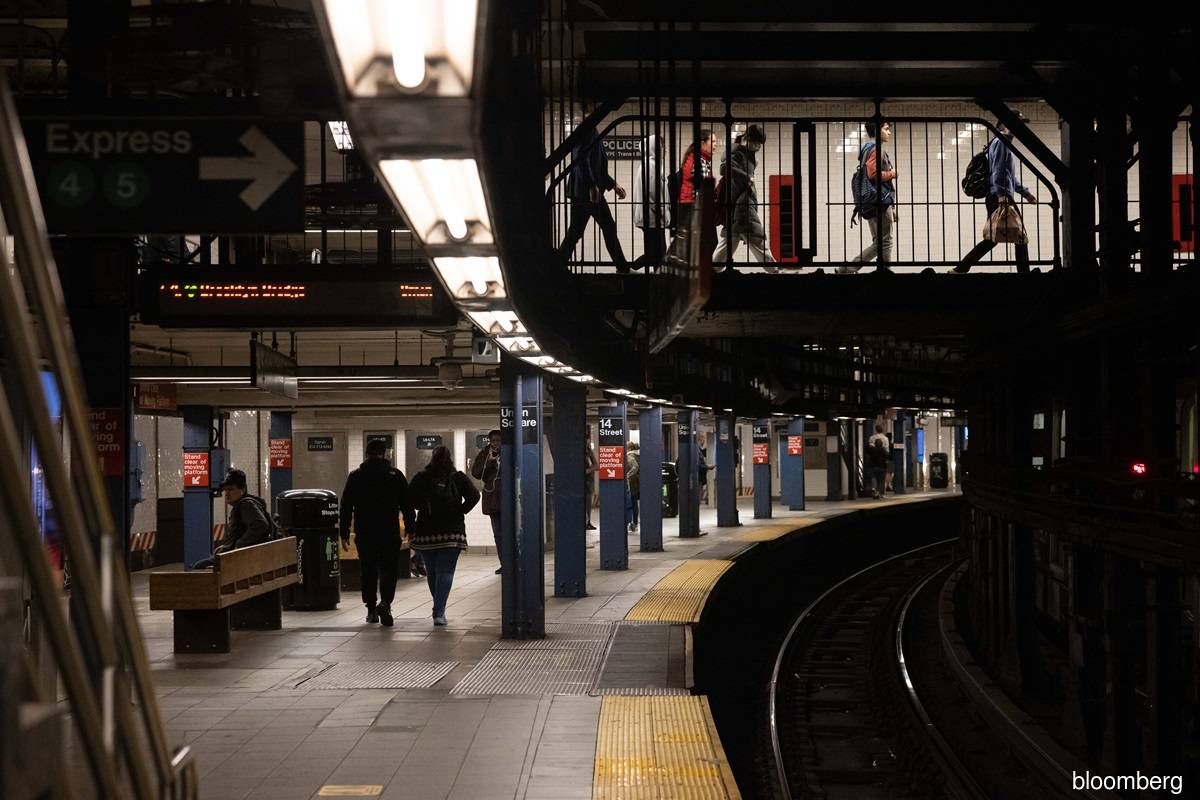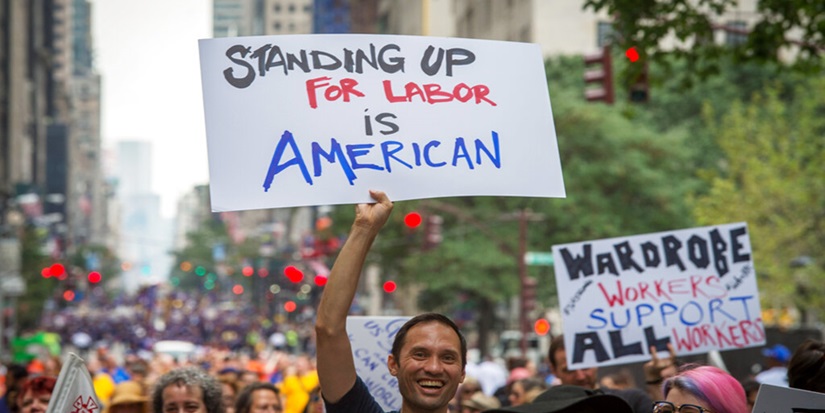




The US economy is grappling with a significant labor shortage, projected to reach six million workers by 2032. This deficit is primarily driven by retirements, job mismatches, and a notable decline in workforce participation among men [a95ba243]. Recent data indicates that 10.5% of men aged 25-54, approximately 6.8 million men, are not working or seeking employment, a substantial increase from just 2.5% in 1954 [1d4560c2]. However, a recent analysis suggests that the narrative of 'missing' men oversimplifies complex labor market issues. As of October 2024, only 10% of nonworking prime-age men want a job, with 42% citing illness or disability as reasons for their non-participation [23c9f47d]. Lightcast's analysis reveals that around 80% of the five million workers who left the labor force since 2020 were over the age of 55. As the demographic landscape shifts, it is anticipated that in 2027, more Americans will turn 65 than those aged 16 and younger, further exacerbating the labor shortage [a95ba243].
In addition to retirements, prime-age men are increasingly exiting the job market, with factors such as substance abuse and incarceration affecting around 4.6 million individuals. This trend contributes to a broader issue, as around 100 million Americans are currently not actively seeking employment [a95ba243]. The healthcare sector is particularly impacted, with 18% of healthcare workers being immigrants, highlighting the reliance on foreign labor to fill critical roles [a95ba243].
The reasons for non-participation among men include economic factors, changing job demands, and social issues. The economic impact of this trend is significant, as fewer men in the workforce can lead to decreased productivity and economic growth [1d4560c2]. The US economy has faced challenges as full-time jobs have been disappearing since December of last year, while part-time and immigrant jobs are on the rise. This shift has raised concerns about the overall health of the labor market [b34d3a7f].
Patrick Watson has noted that the potential for mass unemployment is lower than it used to be, suggesting that the demographic balance is shifting. With a shrinking ratio of working-age to elderly Americans, a chronic labor shortage may become a structural feature of the economy. This change could make traditional recessions less likely, as the Federal Reserve's conventional tools may not be effective in addressing future economic crises [498b2589].
The share of prime working-age US men with a job has declined from about 96% in the 1950s to 86% today. This decline can be attributed to various factors, including recessions, disability, education, incarceration, and changing job demands. Stagnant wages and rising incarceration rates have further contributed to the decline in working men [e037826d]. As the establishment's economic strategy appears to align with decreasing support for the Democrats, economic concerns are playing a significant role in shaping political dynamics [b34d3a7f].